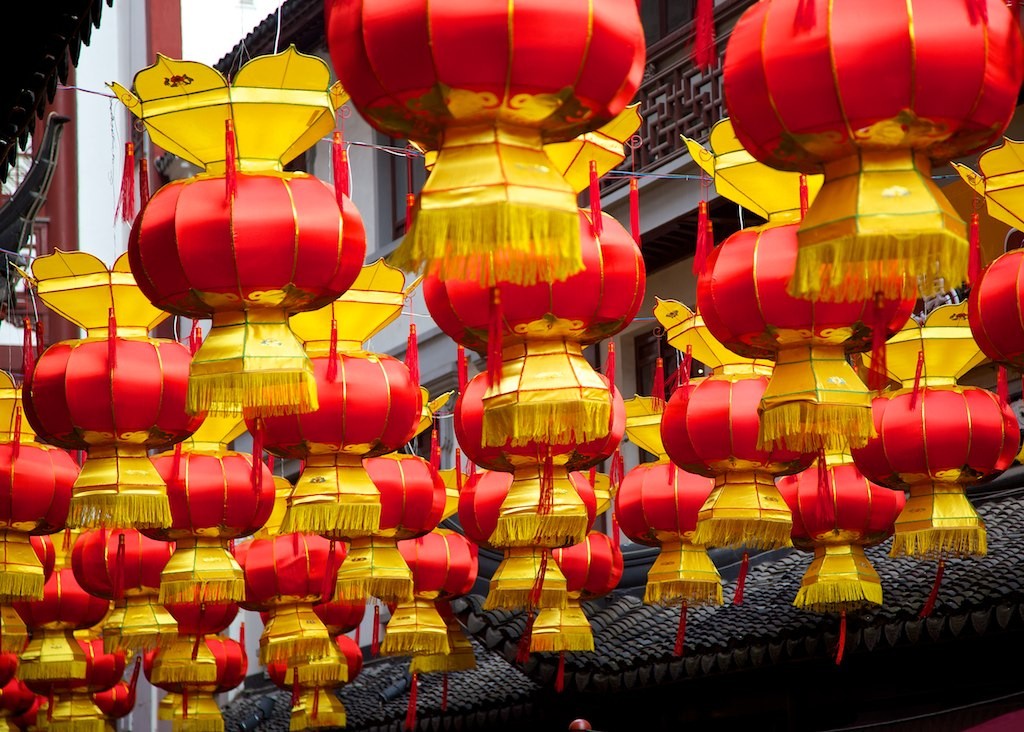Dr. Jing Ge, PhD, is a research scientist at the Laboratory for Intelligent Systems in Tourism, U.S. She has studied Chinese DMOs and how they use social media to engage travellers using humour and a playful, creative language. Her 2016 dissertation, “The use of humour for customer engagement on Chinese social media – a rhetorical perspective”, examines how the current marketing paradigm in China is shaped by social media technologies, conventions, and a unique social media culture on platforms such as Weibo (a microblogging platform similar to Twitter). In addition, Jing Ge has close to 10 years of marketing industry experience with a focus on marketing communication and social media.
In this guest post, Jing describes the emotional connections Chinese destination marketing organizations (DMOs) make with potential visitors through social media platforms, and offers advice for DMOs outside of China.
Social media has changed marketing forever, but many DMOs still share a common goal: to help tourists trust, love and respect their brands.
The crucial challenge, however, is how to formulate and implement customized strategies in this new marketing paradigm, in which destinations need to become experts at consumer engagement. Fortunately, DMOs are special. Tourists connect with DMOs on social media for very different reasons than they connect with other tourism organizations.
Studies show that getting exclusive deals is the most common motivation for consumers connecting to travel companies, while opportunities for emotional connections motivate them to connect with DMOs and openly show their association with DMOs to others. This means that the DMO’s brand resides within tourists’ feelings and emotions, and in the ways those feelings relate to various aspects of their lives.
For example, potential visitors using Weibo (a Chinese social media platform) responded to Destination Canada’s posts about locally-grown cranberries with an emotional connection. The commenter compared the sweet and sour flavour of the cranberries to the inevitable frustrations and happiness in their daily life, and said that they should embrace life in the same way they enjoy the flavour.
Note: Readers will need a free Weibo account in order to view the above example pages. The pages are in Mandarin, but users can easily translate pages to English using the Google Chrome browser.

Destination Canada post on Weibo: “#Travel in Canada# You can see the red ocean-like cranberry farm lands in Abbotsford, Richmond and Maple Ridge, B.C., Canada. My friends, if you like cranberry, you are welcome to visit these places.”

Potential visitor response: “There are a huge amount of cranberries. I plucked them and ate them at the same time. I couldn’t stop eating because of the delicious sour-and-sweet flavour. Life seems like a cranberry flavor, doesn’t it? Sometimes we’re happy and sometimes we’re frustrated. Maybe we should treat such happiness and frustration like the way we enjoy the cranberry flavour.”
This distinct, emotional connection suggests that to cause tourists to adore the brand, DMOs need to consider visitor emotions and senses when communicating with them. An optimal way to resonate with and befriend Chinese tourists is through brand humanization.
Opportunities on Weibo, one of China’s most influential social networks

Dr. Jing Ge, PhD
Weibo offers DMOs huge opportunities to humanize their brands and build brand-tourist rapport. China has the largest Internet population in the world, and the majority of Chinese netizens use social media. Weibo combines many technological features of Facebook and Twitter and also entails unique consumer online behaviours, making it a beneficial marketing platform. Weibo enables DMO/tourist conversations through interactions like commenting, tagging, hashtagging, and offers them customized modules and pages on the official government/enterprise version.
This is similar to but further extends the Facebook Page idea. Marketers can add modules such as company introduction, announcement, links, videos, polls, a list of Weibo accounts affiliated with enterprise accounts and so on. These functions provide DMOs with more options and flexibilities in building brand image and promoting destinations. Moreover, Weibo shows users trending topics like “#Travel with Weibo#”. This allows marketers to encourage tourists to share their travel experiences.
Travellers born in the 80s and 90s are a large part of China’s growing outbound tourism market and are looking for a sense of belonging on Weibo. They were born under China’s One-Child Policy and have grown up in a degree of isolation from peers.
Additionally, about 60 percent of migrant workers in cities are young people who describe themselves as sandwiched between urban and rural life due to a lack of sense of belonging and social pressure (as this TED talk explains). Against this backdrop, Weibo offers an attractive space where consumers can express their personal status and social issues. They also like to disseminate emotional content. This offers DMOs an opportunity to reach and connect with existing and prospective customers.
Given the fast growth of Chinese outbound travel and the heavy use of Weibo by Chinese tourists, DMOs outside of China can enhance their marketing efforts by humanizing their brand on Weibo. China has a unique social media landscape and a distinctive Weibo culture, so it’s not a good idea to apply the strategies used in other countries on Facebook or Twitter, for example, to the Chinese market. As a starting point, destinations can learn from tactics used by Chinese DMOs, including the following:
4 ways to humanize your DMO’s brand online for a Chinese market
1) Give the brand a human name. It might be difficult to assign a human voice and a personality to a logo or a corporate name, so Chinese DMOs offer the destinations a human name. For example, the Henan province’s DMO has named itself “Senior Mountain Gentleman” (Lao Shanjun).
2) Use personal brands in conjunction with a corporate brand. Brands are not limited to the corporate entity. Chinese DMOs humanize their brand by using distinct and related personal brands for support. Marketers give themselves a new identity to engage with consumers.
When publishing posts, marketers from different DMOs often give themselves a new identity to engage with consumers. For example, marketers call themselves “Mr. Foodie” (Chihuo Jun) when promoting local food and “Wandering Monk” (Youzou Seng) when promoting tourism attractions.
3) Speaking in the consumer’s language. Rather than using corporate speak, Chinese DMOs use the language that consumers understand and adore. For instance, they tend to use creative language and catchy emoji on Weibo. The emoji “Gangnam style” means “This is so cool!”, while “Ultraman” means that a trend has left you behind.
![]() : “Gangnam style” emoji
: “Gangnam style” emoji
![]() : “Ultraman” emoji
: “Ultraman” emoji
4) Be funny. Humour has a great potential to connect people. By embedding humour in their brands, Chinese DMOs encourage tourists to identify the personality behind the brand and the destination. For example, they often use humour to poke fun at themselves. (Some Western DMOs are also doing this. See Denmark and Sweden’s epic Twitter fight for a great example.)
These ways of humanizing a brand on Weibo can help foreign DMOs learn how Chinese tourists prefer to communicate, and can help marketers craft effective strategies to develop the Chinese travel market. Chinese tourists tend to engage in conversations and treat their fans or followers as friends. Moreover, when sharing travel experiences, they prefer to poke fun, express their feelings and opinions, and stay casual in these conversations.
DMOs outside of China need to respond by assigning a relatable human voice and personality in their brand. Moreover, foreign DMOs should speak to tourists in the same way they speak to their fans and followers. Therefore, the using language popularized on Chinese social media is recommended.
Last but not least: When promoting destinations, marketers need to strike an emotional chord with potential visitors to entice them to have an authentic connection with the brand.
You can contact Jing Ge at jingge@mkt-ai.com.
Related reading: 3 essential elements of the place brand formula
Featured image credit: DaiLuo, Flickr










0 Comments